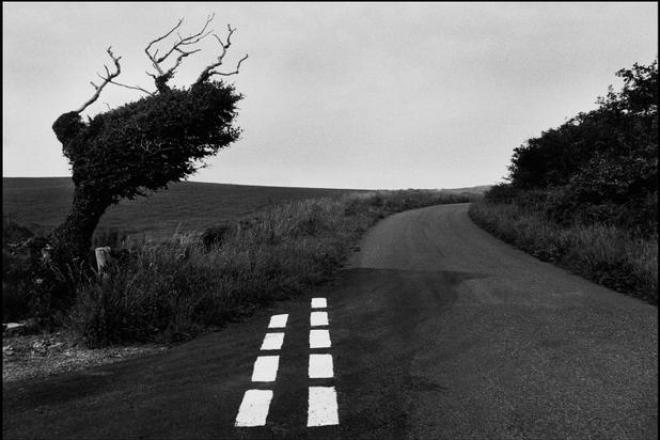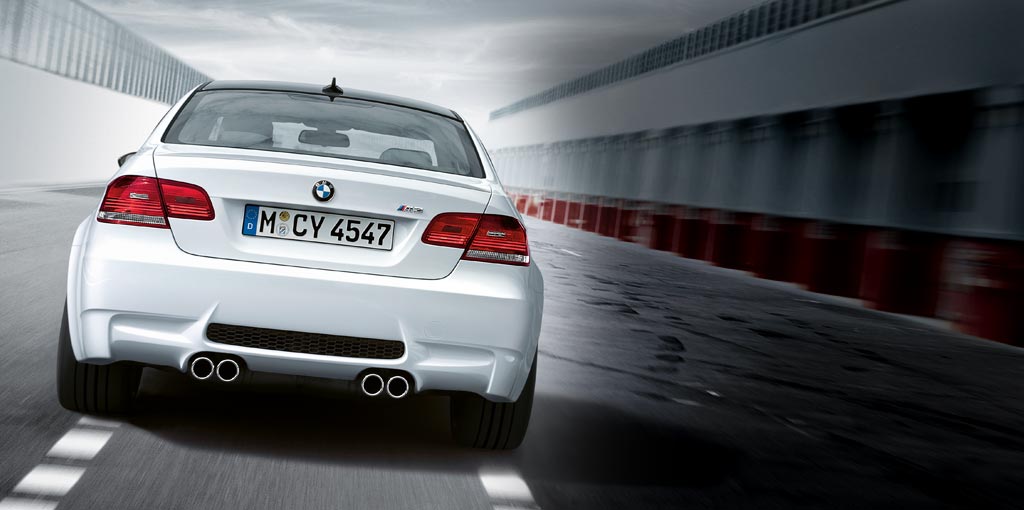
In today’s age, we are always obsessed with the concept of “more“. We falsely believe that we need more stuff, more money, more more cameras, more lenses, more megapixels—more, more, more.
In one of my favorite books “Antifragile” (I mention this book in a prior post on the “barbell theory”), the author Nassim Taleb advocates that the secret of health, wisdom, and happiness can be obtained through less, not more. Taleb calls this approach “via negativa” that we should focus on subtraction, not addition in life.
For example, nobody really knows what makes us happy. However, we know what makes us unhappy and miserable. Therefore the key to happiness may not so much be the “pursuit of happiness”– but the “avoidance of unhappiness.” I think the same applies to happiness in street photography — focusing on less, not more.
The secret to happiness in life

We can easily state what we hate: Long commutes stuck in traffic, strained family relationships, excess weight gain, feeling rushed, not being able to sleep well at night, doing work we don’t want to do, handling too many emails during day, taking work home, or having an overly demanding boss at work.
So what is the secret to happiness?
By applying the “via negativa” approach of removing elements of happiness from your life, you will discover (by proxy) happiness. Therefore rather than the “pursuit of happiness”–perhaps we should embrace the concept of the “avoidance of unhappiness.”
Why we want more stuff

I have a love/hate relationship with advertising. On one hand, I think it can be quite eloquent how advertising firms can put together creative stories and create epic visual designs. However at the end of the day, advertising causes us to buy stuff we don’t need– and creates “artificial needs.” This often makes us feel inadequate when we can’t afford things (that we falsely believe will bring us more happiness in life).
The suave guy driving his top-down BMW M3 laughs at you while you drive your Honda Civic. The smiling family who just bought a new million-dollar house on a billboard are laughing that you are living in your modest two-bedroom condo. The woman shooting with the newest hot camera winks at you and giggles that you are shooting with an entry-level DSLR. We keep seeing these advertisements, and we crave for more.
I know I am particularly a sucker for advertising, so I don’t watch any TV (think about how many ads you watch in a single 20-minute program), try to limit my trips to the mall (I like to order things I need online), and magazines/media (someone is always trying to sell you something). So perhaps another way to prevent yourself from creating artificial needs in terms of wanting the newest cameras, lenses, and gear you should limit your intake of gear review forums, blogs, magazines, videos, etc.
So instead of striving to add more into our lives, sometimes subtracting things from our life can make us happier and more productive. This certainly applies to street photography. Here are some ways in which having less can be more in street photography:
1. Less stuff in our camera bags

I have found a funny relationship between the size of bags that we carry around and how much stuff we end up carrying.
For example, when I had a really big camera bag, I always ended up carrying way too much crap with me when I would go out and shoot. I would carry two bodies, two or three lenses, and just in case– my laptop. Don’t forget the water bottle, extra batteries and memory cards, and the moleskine notebook (to look fancy).
Needless to say, carrying so much crap with me on a regular basis when out shooting made me miserable. My back would hurt like a mofo after shooting for a few hours. My shoulders would feel strained. I would think more about the weight and strain on my poor body than enjoying shooting.
When I used to travel, I would be the typical Asian tourist: I carried a huge rolly-bag, a huge camera bag, and bags full of miscellaneous crap. This would always cause me to be delayed at the airport (having to check in my stuff, alarms going off at the x-ray machines, and the pain of lugging it all around).
The funny thing was that at the end of these trips, I discovered I would always use less than half of the stuff that I packed. Which made me feel like a dumbass and ask myself, “Why did I bring so much crap with me?”

So I tried to reduce the amount of crap that I carried with me slowly. I brought fewer clothes, fewer bodies, and fewer electronics. Slowly but surely, I was able to cut back– and become a more minimalistic traveler.
Now I am down to the bare essentials a small camera bag (for my camera and laptop) and my school backpack (for my 2-pairs of quick-dry shirts/boxers/socks, misc electronics (batteries, hard drive, etc), and film.
Needless to say, I am now far happier than when I traveled with so much stuff.
My suggestion is when you travel or shoot, try to carry less stuff with you whenever humanly possible. The least you really need to carry with yourself is one camera and one lens (and perhaps some extra film or memory cards/batteries). In-fact, if you don’t travel extensively, the best camera bag is no camera bag. Just carry your camera with you and shove your film and batteries into your pockets. Less is more.
Having less weight on you will help you on many levels. When you shoot, you will be more focused (you won’t worry about that heavy weight on your back). Not only that, but you will be able to shoot for longer periods of time without being tired. Also by having only one camera/one lens— you won’t think twice about your equipment. You will just shoot.
2. Less distractions in a photo

Generally when people ask me to critique their images, I often find that photographers have too many distracting elements in the frame. The culprit is generally a distracting and busy background littered with random cars, heads, signs, and words in the background which distract from the main subject in the frame.
I know that nowadays it is the fad to condense in as much content into the frame as possible (think Alex Webb). Although I love these types of images, I feel the problem is that that working in this manner focuses more on visual gymnastics rather than focusing on the emotion and soul of a photograph– and a central subject which ties it all together. Even with Alex Webb’s images– I prefer his simple and emotionally powerful photos compared to his complex and multi-layered photographs.

I don’t mean that we should start to “dumb down” our photography and work. Rather, we should try to simplify our images and make them more powerful. We want our images to communicate a certain message to the viewer. Therefore, I recommend trying to subtract things from your frame, rather than adding too many elements. Once again, less is more.

Simplify your backgrounds. Look for clean backgrounds, then wait patiently, and add your subjects afterwards. Remove distracting cars, heads, and light poles.

Also try to strive for simple but powerful compositions. Some of my favorite photographers in history include Josef Koudelka and W. Eugene Smith— both who are photographers who created emotionally powerful images– with rather straightforward compositions. Their work is a great testament to the fact that you don’t need overly complex images to be effective.
3. Less time on the internet

In today’s age, we spend far too much time on computers and on the internet. It is easy to spend hours on Facebook, Twitter, and blogs and lose track of time. This happens to me personally all the time (and I wouldn’t be surprised if it happened to you too).
The problem about spending too much time on the internet is that we end up spending too much time glued to our screens. This causes us to lose time to do other more important things (like going out and shooting). What would help our photography more? Studying sharpness tests of a brick wall of the newest lens (that you can’t afford) or going out and using the equipment we already have to create art?

Spending less time on the internet can also cause you to spend more time meeting other photographers (in person) critiquing, sharing, and engaging in talk about street photography. You can use that time to go through your library of photos, edit them, and sequence them for a new project. You can use that time to develop some film that has been lying around. You can use that time to go to the library and check out some photo books (or even read your own books that have been lying around at home).
Conclusion

In our society, we love more. We are told (by advertisers) that having less is only for losers.
But being suckered into wanting more, we will never be satisfied. We fall into the “hedonic treadmill” into wanting more and more and more.
Rather, we should strive for less. In street photography, fewer cameras, fewer lenses. Fewer distracting elements in our photos. Less time spent on the internet on gear forums.
Time is the most valuable gift we have. Let’s not waste it.
Embrace less. Remember, less is more. I think this is surely the secret to a long, productive, and happy life (and good street photography).

